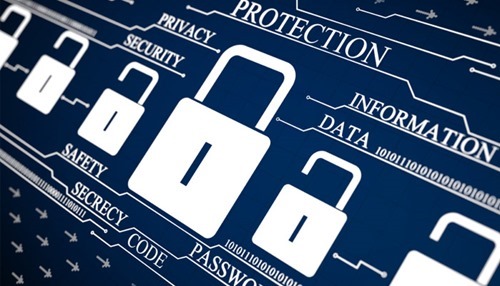
So you’re enjoying a beautiful day at the park and have connected to the free WiFi hotspot with your laptop to see what’s happening on Facebook, read an email or two, and perhaps take a quick look at the status of that incoming transaction while you’re enjoying the calmness. People are so used to surfing the web wherever they get a chance to that they don’t stop to think whether using a public WiFi network is a secure act.
The use of WiFi in a public place is unlike having a conversation: There’s a chance of eavesdropping. Adversaries can steal your personal information with the use of software tools. Also, users with malicious intent can spy on your password or other private data.
Moreover, you could also fall victim to a honeypot. This is a fake WiFi network set up by thieves who name it to “Public WiFi” to lure in unsuspecting victims. Hackers are able to grab up any information sent over the network. They don’t need special equipment – just a smartphone or laptop is required to create honeypots – so they could be anywhere in a public setting.
Fortunately, there are measures you can take to protect your information while enjoying the perks of public WiFi.
You may Click Here to see a comparison of Surfshark vs. NordVPN
1. Use a Virtual Private Network (VPN)
A VPN routes your information via an encrypted server, with an encrypted connection. The encrypted server then opens the website you want to browse. As the information is encrypted, no one can keep a log of your online activity: the information you enter, the websites you open, etc. As a result, your information is kept safe from prying eyes.
The best VPN service providers keep zero logs of the activity on their own server. This means even if an adversary is able to access the records of the VPN service provider (chances of that happening are minimal), there won’t be any trace of your data available. Some may also offer other perks like live chat support and unlimited bandwidth.
2. Analyze the Name of WiFi Network
Clever thieves use a decoy name to trick people into connecting to a honeypot. For instance, if you’re in McDonald’s enjoying a sundae, would you really be worried about a WiFi network called “free McDonald’s WiFi”? Likely, you wouldn’t – and this carefree attitude is the reason why hackers would be able to steal your private data.
By using a fake network, you would be transferring your valuable data to a remote server operated by a masked thief. Make it a habit to analyze a public WiFi network’s name before connecting to it. Be sure to ask café owners or park guides around to know what the name of the network exactly is. If you can’t get in touch with anyone, it’s more viable to be patient and skip the idea of connecting to public WiFi.
3. Turn off Automatic Connecting Feature
It’s likely that your tablet or smartphone’s WiFi setting is set to automatically connect to a network when it detects one. While this default setting is convenient on secure networks, it can put your information at big risk in a public setting.
Never allow your devices to connect to the internet without your permission when you step outside your household premises. Also, make sure to switch off WiFi and sharing capabilities when you’re not using wireless connections. Lastly, tell your devices to “forget” networks that you will no longer be using. This ensures that you don’t reconnect to public WiFi networks when they’re in range.
Follow these tips to enjoy safe internet use in public and find peace of mind with your information.